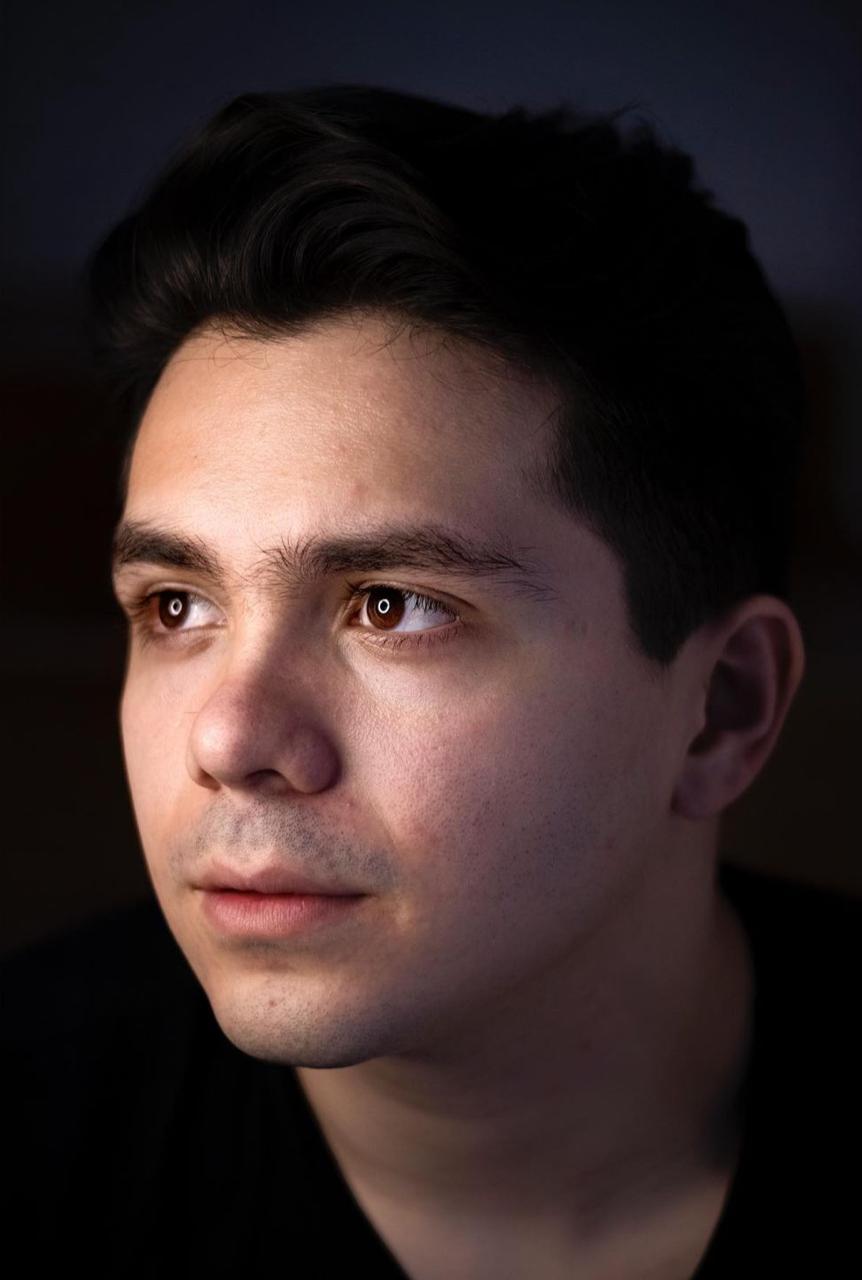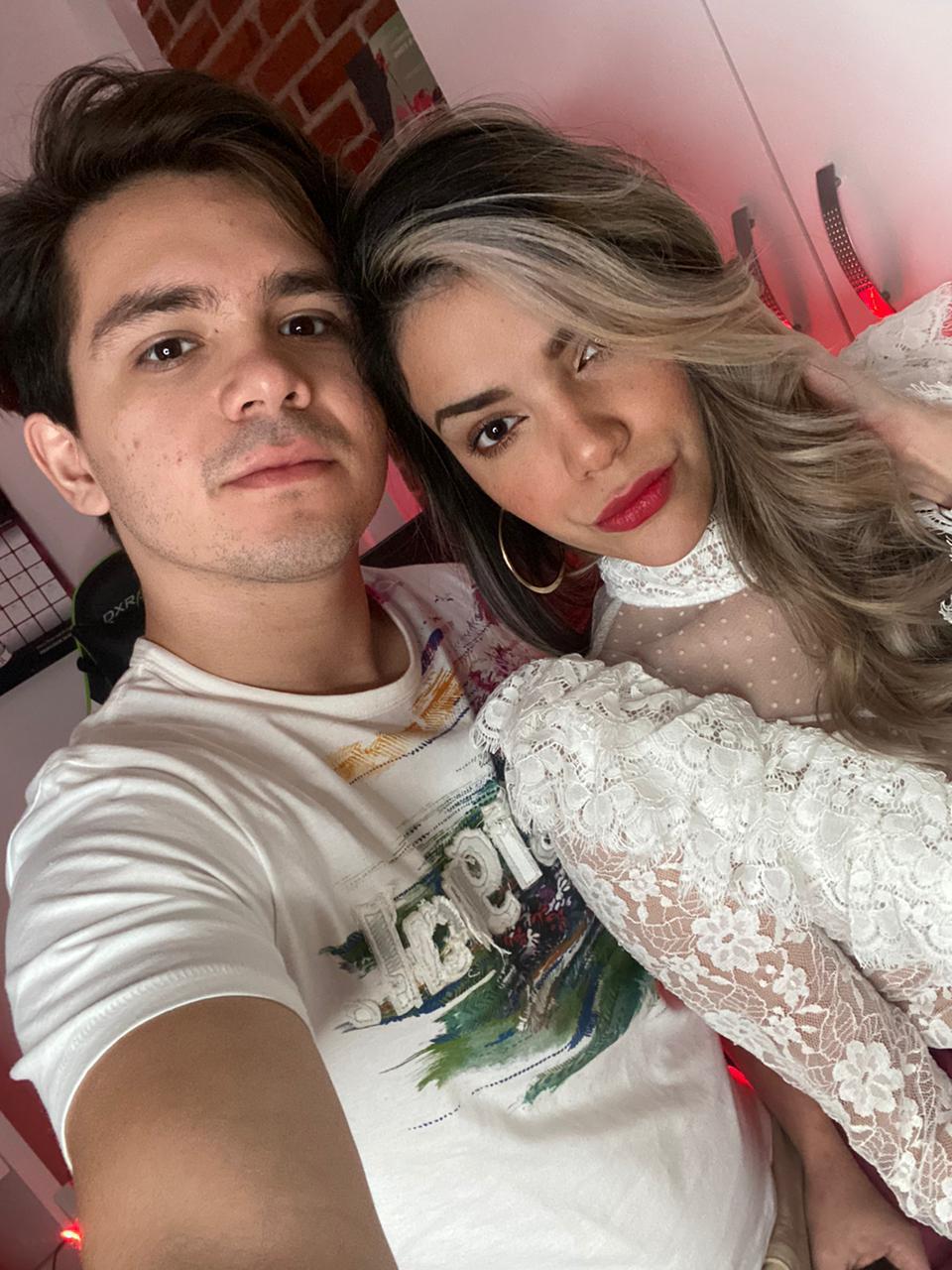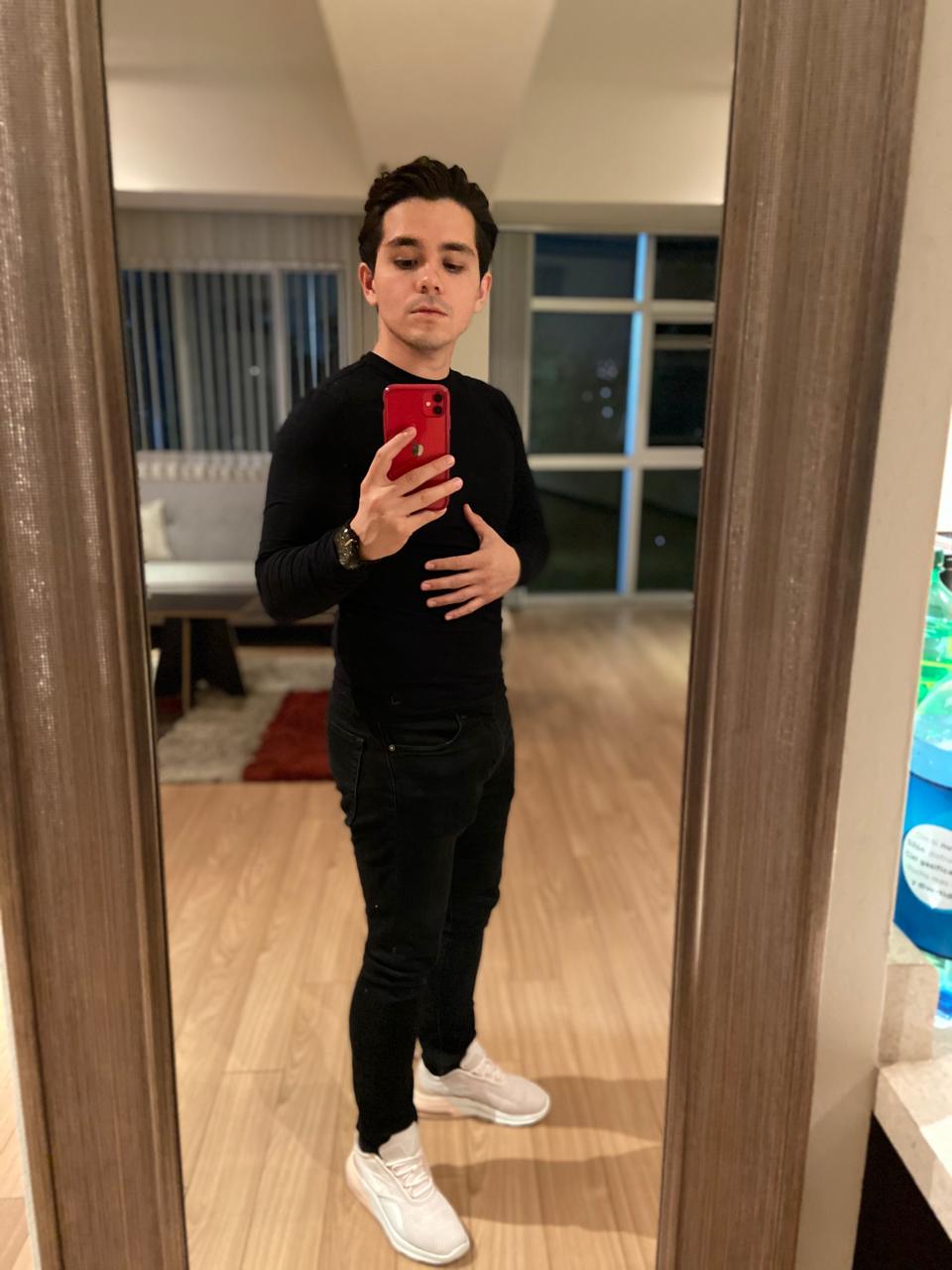We recently connected with Alejandro Amezcua and have shared our conversation below.
Alejandro, appreciate you joining us today. Was there an experience or lesson you learned at a previous job that’s benefited your career afterwards?
I love how these kinds of questions make two funny things happen: first, it feels like visiting a giant library in your mind, searching for that memory you want to share. The second is that it always reminds me of when a friend asks you to recommend a movie, and you try to find something offbeat, fun, and a bit unknown, haha. But I think I have a story that I’d love to share.
When I worked at one of the two biggest and most important TV networks in Mexico, we began focusing our efforts on the gaming and esports market. My main responsibility there was to create all sorts of brand integrations within our ecosystem, always ensuring the brand’s creative side stood out, so clients wouldn’t just feel like they were buying advertising space (which anyone can do), but that their brand was an essential part of the content we were offering.
The day we convinced the country’s largest internet company to create an integrated proposal for them was one of the grayest days I’ve ever had. The feeling was similar to being tasked with bringing a gift to a millionaire’s birthday: What do you give someone who has it all? This was a company that had been the best internet provider for the past five years, not just because their ads said so, but because the audience believed it. Gamers loved it, streaming enthusiasts wanted it, and to top it all off, they were known for their catchy jingles.
Two days before the deadline, while watching a boxing match, the answer hit me. If you think of boxing, what’s the first thing that comes to mind? For many, it’s Mayweather, Muhammad Ali, or Canelo Alvarez, but for those who really go back to those moments before turning on the TV to enjoy a premium fight night, I can guarantee one thing they hear is: “Let’s Get Ready to Rumble!!!”
Was it a far-fetched solution? Maybe. A desperate idea after a creative block? Absolutely. Was it what the client was looking for? No, because they didn’t know they needed it.
A memorable property, an action every brand dreams of owning. The success of creating a catchphrase lies in the impact it generates in people’s minds. It’s not just about making a funny phrase or saying it with excitement. It’s about the moment people associate it with. For example: Kevin James’ “Gentlemen, start your engines!”, Mike Breen’s epic “Bang!” or the iconic “Let’s Get Ready to Rumble!” by Michael Buffer. These phrases have something in common: despite being part of different sports, they’ve become part of modern culture. They likely transport you to a special moment when you hear them again, or if you use them yourself, it’s because they’ve earned a place in your memory without you even realizing it.
By creating this catchphrase for the brand and focusing it on its target audience, we turned a simple idea, a Saturday night thought, into a brand concept that became part of the lifestyle of its users. No intrusive ads, no forced campaigns, and most importantly, a brand integration that felt like an essential part of the content it lived in.
What this experience taught me is that the real magic of creativity doesn’t come from following the rules but from understanding the client and the audience so well that you can offer them something they didn’t even know they needed. In the end, creativity is about transforming an idea that seems simple into something that creates a lasting emotional connection. And for me, that’s where I always want to take my projects: creating moments that brands and people remember because great ideas don’t just sell, they are lived.

As always, we appreciate you sharing your insights and we’ve got a few more questions for you, but before we get to all of that can you take a minute to introduce yourself and give our readers some of your back background and context?
I’m passionate about stories, creativity, and the impact they can have on both brands and people. My background in Communication Studies and over five years of experience in media, particularly in the creative-commercial field, have given me the tools to develop strategic proposals that not only sound interesting but also deliver measurable results.
From the very beginning, I’ve always focused on understanding the bigger picture. I’m not just interested in the creative aspect; I also seek to understand how administrative, logistical, and production factors all fit together. This holistic approach has helped me build a well-rounded profile as Brand Partnership Manager at Canela Media, a growing CTV platform with a strong proposition for the Latin American market.
One of the things that sets me apart is that I don’t just aim to create attention-grabbing ideas; my goal is for each idea to generate real value for the business. And when I say “value,” I mean more than just monetary results—I’m talking about creating impact across various areas, from successful campaigns that reinforce brand identity to strategies that emotionally connect with audiences. In essence, I always see creativity as a driving force for tangible results.
That said, I have to admit that my journey into creativity wasn’t exactly straightforward. As a kid, I dreamed of becoming a professional soccer player. Soccer has always been a passion of mine, and though I never made it as a pro, I realized that what fascinated me the most were the stories unfolding both on and off the field. The epic comebacks, iconic rivalries, and moments that stay etched in fans’ minds were the elements that, over time, I learned to channel into my career. I wanted to tell stories that connected, inspired, and fostered loyalty—not just in sports, but in the business world.
Today, I bring that same passion for storytelling to my work. My mission is to turn brands into the protagonists of their own stories, ensuring their messages resonate with audiences and leave a lasting impression, just like the most memorable moments in soccer. I believe my holistic approach and ability to see the complete picture have allowed me to create successful creative strategies and lead projects that truly transform the relationship between brands and their audiences.

What’s a lesson you had to unlearn and what’s the backstory?
Undoubtedly, one of the most difficult lessons I had to unlearn is related to ego and the ability to accept criticism. In any field—whether you’re a creative, entrepreneur, athlete, or in any other profession—there’s a natural tendency to defend your ideas or your work. No one likes to be told they’re wrong or that something they’ve created doesn’t work.
In the creative world, where much of what you do involves proposing ideas and finding solutions, this can be even more challenging. When someone tells you that your idea isn’t right, it’s easy to feel frustrated or even attacked. But what I’ve learned over time is that it’s crucial to separate ego from what truly matters: doing your job well.
It’s common to hear that if you work in what you’re passionate about, you’ll “never work a day in your life,” but I disagree with that notion. Even when you love what you do, every profession has moments of stress, challenges, and conflicts. The key is being able to recognize your mistakes, accept criticism, and be honest with yourself. This isn’t always easy, but it’s what makes the difference between a junior and a senior in the creative field.
I don’t have a specific story that defines the moment I learned this lesson; instead, it has been a continuous process filled with small mistakes that have taught me to be more humble, to listen to others, and most importantly, to recognize that I won’t always be right. And I believe that’s where real growth happens: in the ability to unlearn so you can keep moving forward.

What do you find most rewarding about being a creative?
I’m going to be very honest with my answer. I believe that the most rewarding aspect of being a creative really depends on the person, not just the profession. For those reading this, they might be looking for inspiration in what they do, especially if they’re in the creative field, or maybe searching for a reason not to feel disillusioned with their work.
If you ask someone who works in marketing, advertising, or media—particularly in the creative area—I think many of the answers will overlap. They’ll tell you that what’s gratifying is the emotional connection with the audience, seeing your ideas come to life, the impact you create in society, and the collaboration with various brands. All of these answers are valid and absolutely true. However, I believe there’s something even more valuable.
Beyond all of these gratifications, I think one of the most important goals for those of us working in the creative world is to make our work truly valuable. This means ensuring that clients, companies, and anyone you work with understand and recognize the worth of your ideas—not just their emotional or inspirational value, but also the tangible value they bring to the business world.
It’s true that everyone has creativity, and I’ve always said that for me, being creative is not a skill you acquire, it’s something you’re born with. The difference lies in how you work and refine that creativity to stand out. And when you reach a level where your ideas are not only well received but you can also charge what they’re really worth, I believe that’s where true gratification lies.
My answer might not be the typical one, but for me, the most rewarding aspect is when you reach a point where you become a valuable asset in the corporate world, generating those emotional connections and turning ideas into actions that really make a difference.
Contact Info:
- Instagram: https://www.instagram.com/alexamezcuadr/?hl=es
- Linkedin: https://www.linkedin.com/in/alejandro-miguel-amezcua-del-rivero-8183b8149/




